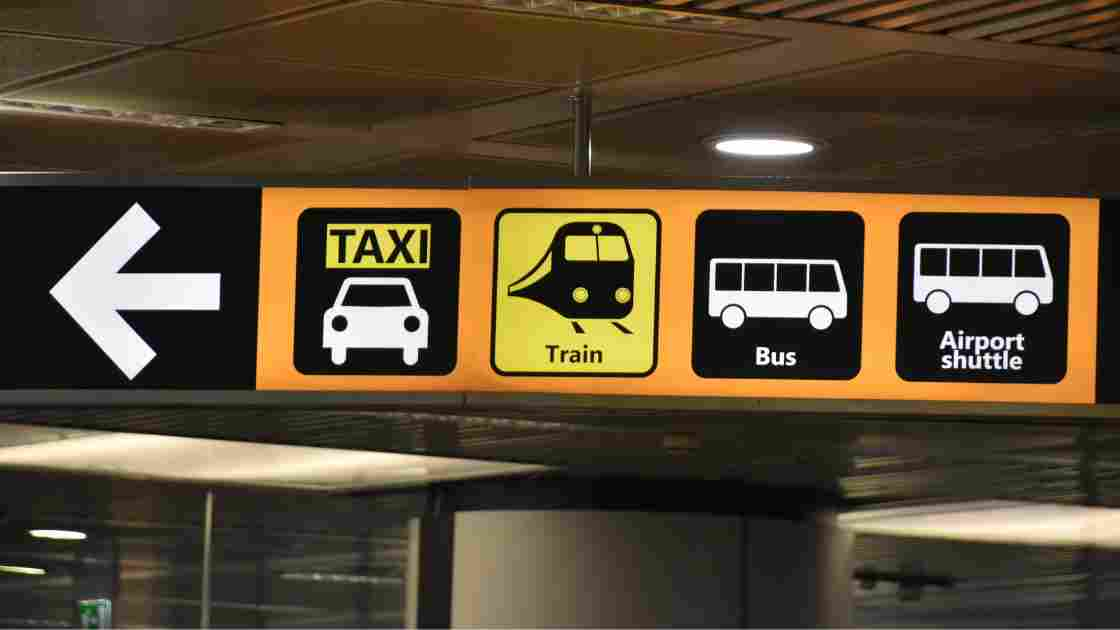
A better ticket to ride
Public transport is both essential and too hard to use, which makes it ripe for disruption! Most of us are reluctant to use it when we visit a new city, just because we don’t know how to buy a ticket, let alone work out how to travel as a family. What’s even more frustrating is that the cost to implement modern, smartcard-based, public transport ticketing solutions is measured in the hundreds of millions of dollars or even more for a single city!
In contrast to public transport, ticketing for other sectors, such as sporting and entertainment events, is almost universally handled by third-party platforms from Ticketmaster through to Eventbrite. Airlines similarly depend on platforms such as Amadeus, Sabre and Travelport. Even tariffs for utilities like energy are typically resold by multiple retailers who are also increasingly using common platforms. This raises a question: why hasn’t public transport followed a similar path?
Mobility solutions, including public transport, are as much an information problem as they are an infrastructure one. Having to worry about ticketing, timetables and interconnections is a major point of friction. If we want to truly integrate our cities and get people out of private cars, we should simplify the whole process.
One of the great innovations in ridesharing was replacing the taxi meter with a system that pairs the rider’s and driver’s smartphones through a common platform. The latest generation of Mobility as a Service (MaaS) ticketing is starting to challenge whether, like the dedicated taxi meter, the infrastructure of ticket gates and other machines could be similarly replaced by such platforms accessed through smartphones.
Innovative examples of this in action are appearing, such as the Swiss startup FAIRTIQ which is working with public transport operators across a number of European systems to offer an independent ticketing solution without any need to tap or swipe a pass. Other operators are encouraging so-called “open loop” payments, which enables users to tap on and off using any credit or debit card. As good as these all are at reducing friction, they don’t truly enable MaaS which has to have public transport as its backbone supported by a range of first and last mile services.
Perhaps the current innovations could be compared to the early days of Blackberry, which saw Research In Motion use backdoors and features intended for other purposes to enable mobile email. This created a market which was then able to be served by new, better, services which are more fit for purpose.
We won’t really see innovation in MaaS fares until each provider is prepared to sell access to their part of the network on a wholesale basis. Bundling in different zones and time periods should become the responsibility of the ticket retailer, rather than the transport provider, who can create solutions in a competitive market.
Retailers, equipped with the flexibility to bundle services, can tailor packages that resonate with their customer base. For example, a travel package for tourists could include public transport, bike rentals, and discounts at local attractions. Similarly, for daily commuters, a monthly pass might be combined with ride sharing options for the occasional need for a private vehicle. Even flights and trains could be bundled with the trip to and from the terminals.
Public transport authorities are often reluctant to adopt a third-party ticketing model because of the complex politics of transport, regulations and ticket bundling that has evolved over many decades. These are services that generally use fares to offset losses, rather than try to make a profit, and design their tariffs to nudge commuters to adopt behaviours to smooth out peaks and troughs of usage. What appear to be simple fare bundles quickly turn into very complex tariffs, making it hard to find synergies across different public transport systems.
Ticketing technology is not only mired in complexity but also caught in a strategy metaphor trap. Authorities find it hard to move beyond tickets, with today’s smartcards not that conceptually different to early bundles of tickets sold around the turn of the twentieth century by various metro train systems. Even using a credit card to tap into a trip is not really that much of an advance conceptually to one of the first ticketed bus services in 1662 in France which used tokens as tickets.
With an increasingly standards-based approach, the time is right to move beyond tickets, smartcards and closed systems to integrated and open transport solutions. Just as it is increasingly easy to navigate across multiple modes of transport with maps from large and small players alike, so it should be possible to pay for those trips seamlessly. An open wholesale approach will allow for a range of solutions that support commuters on their daily trips, groups such as families and tourists who are unfamiliar with their surrounds.
Most of all, open information sharing allows for optimisation of routes and timetables based on actual usage rather than assumptions that often underpin the politics of transport. The result would be a healthy ecosystem funded by a dynamic retail market. Ultimately, this can only take some of the pressure off government and the infrastructure it has to fund.